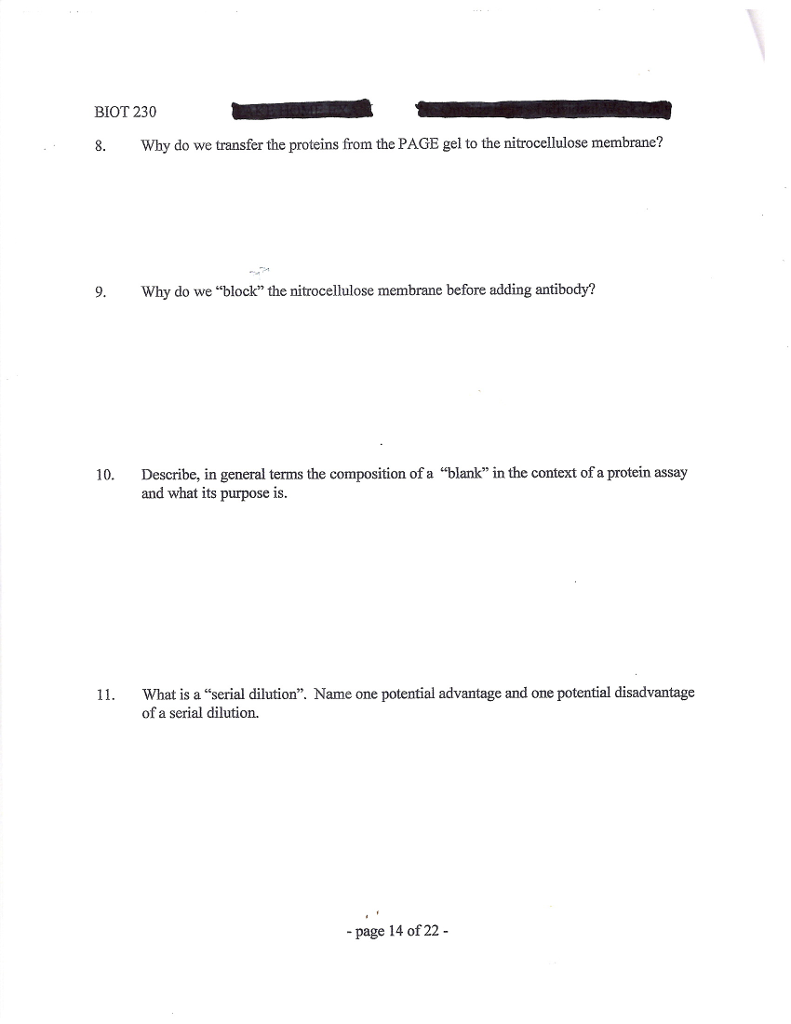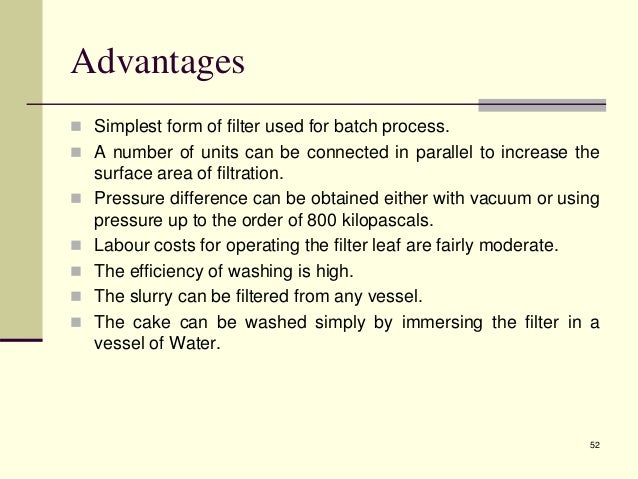Main Menu
Serial Dilution Advantages And Disadvantages
пятница 04 января admin 35
Advantages of 'Serial Dilutions' This section is not a recipe for your experiment. It explains some principles for designing dilutions that give optimal results.
NI LabVIEW 2012 Mac/Win [FREE DOWNLOAD] Crack and Serial number. Giving you the confidence to innovate.This version includes new features for LabVIEW and all LabVIEW modules as well as updates. NI LabVIEW 2012 MacWin FREE DOWNLOAD Crack and Serial number has built for MAC OS X. All Macintosh platforms are supported. For any lost Windows user, we added your versions too (win 7, 8, 10). Enjoy NI LabVIEW 2012 MacWin FREE DOWNLOAD Crack and Serial number on all platforms. Register your valid serial number for LabVIEW that is linked to your SSP. Navigate to the download link and download the software. For all previous versions: For all previous versions of LabVIEW for macOS, you must obtain a copy of the software to install it. LabVIEW for macOS is shipped by National Instruments and is tied to your serial number. Labview 2012 mac crack download. Labview 2012 Mac Crack Download. 7/12/2017 0 Comments Visual Studio 2. Enterprise / Professional en Espa. A hedge is an investment position intended to offset.
Individual Methods. The most important parameters regulating algal growth are nutrient quantity and quality, light, pH, turbulence, salinity and temperature. Start studying 13) Serial dilution agar plate. Learn vocabulary, terms, and more with flashcards, games, and other study tools.
Once you understand these principles, you will be better able to design the dilutions you need for each specific case. Often in experimental work, you need to cover a range of concentrations, so you need to make a bunch of different dilutions. For example, you need to do such dilutions of the standard IgG to make the standard curve in ELISA, and then again for the unknown samples in ELISA. You might think it would be good to dilute 1/2, 1/3, 1/10, 1/100. These seem like nice numbers. There are two problems with this series of dilutions. • The dilutions are unnecessarily complicated to make.
You need to do a different calculation, and measure different volumes, for each one. It takes a long time, and it is too easy to make a mistake.
• The dilutions cover the range from 1/2 to 1/100 unevenly. In fact, the 1/2 vs. 1/3 dilutions differ by only 1.5-fold in concentration, while the 1/10 vs.
1/100 dilutions differ by ten-fold. If you are going to measure results for four dilutions, it is a waste of time and materials to make two of them almost the same.
And what if the half-maximal signal occurs between 1/10 and 1/100? You won't be able to tell exactly where it is because of the big space between those two. Serial dilutions are much easier to make and they cover the range evenly. Celtx art packs free download full. Serial dilutions are made by making the same dilution step over and over, using the previous dilution as the input to the next dilution in each step. Since the dilution-fold is the same in each step, the dilutions are a geometric series (constant ratio between any adjacent dilutions). For example: 1/3, 1/9, 1/27, 1/81 Notice that each dilution is three-fold relative to the previous one. In four dilutions, we have covered a range of 181/3 = 60-fold.
If that isn't enough range, consider a series of five-fold dilutions: 1/5, 1/25, 1/125, 1/625 Here we've covered a (625/5) = 125-fold range. No matter where the half-max falls in a series of 5-fold dilutions, it is no more than 2.2-fold ('middle' [square root] of a 5-fold step) away from a data point -- so the coverage of the range is thorough and even. When you need to cover several factors of ten (several 'orders of magnitude') with a series of dilutions, it usually makes the most sense to plot the dilutions (relative concentrations) on a logarithmic scale. This avoids bunching most of the points up at one end and having just the last point way far down the scale.

Before making serial dilutions, you need to make rough estimates of the concentrations in your unknowns, and your uncertainty in those estimates. For example, if A 280 says you have 7.0 mg total protein/ml, and you think the protein could be anywhere between 10% and 100% pure, then your assay needs to be able to see anything between 0.7 and 7 mg/ml. That means you need to cover a ten-fold range of dilutions, or maybe a bit more to be sure. If the half-max of your assay occurs at about 0.5 mg/ml, then your minimum dilution fold is (700 mg/ml)/(0.5 mg/ml) = 1,400. Your maximum is (7000 mg/ml)/(0.5 mg/ml) = 14,000. So to be safe, you might want to cover 1,000 through 20,000.
In general, before designing a dilution series, you need to decide: • What are the lowest and highest concentrations (or dilutions) you need to test in order to be certain of finding the half-max? These determine the range of the dilution series. • How many tests do you want to make?
This determines the size of the experiment, and how much of your reagents you consume. More tests will cover the range in more detail, but may take too long to perform (or cost too much). Fewer tests are easier to do, but may not cover the range in enough detail to get an accurate result. • What volume of each dilution do you need to make in order to have enough for the replicate tests you plan to do? Now suppose you decide that six tests will be adequate (perhaps each in quadruplicate). Well, starting at 1/1,000, you need five equal dilution steps (giving you six total dilutions counting the starting 1/1,000) that end in a 20-fold higher dilution (giving 1/20,000). You can decide on a good step size easily by trial and error.
